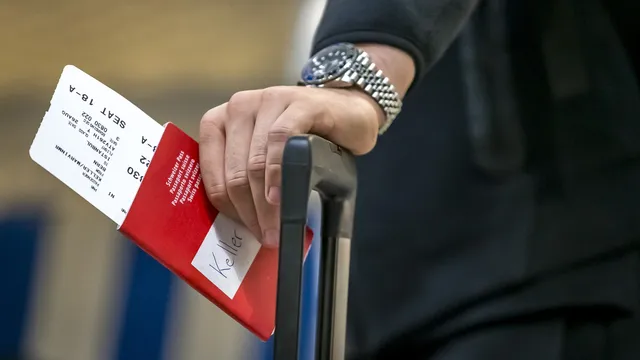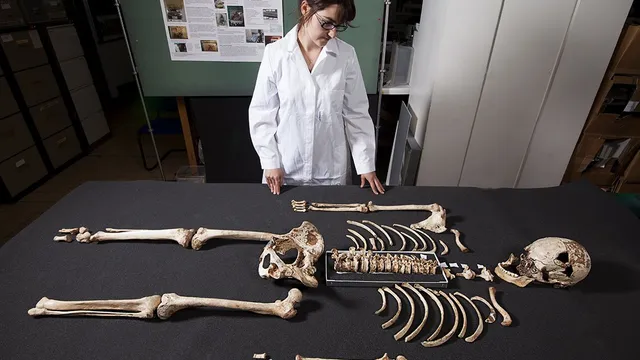Starting October 12, passport stamps for travelers entering and exiting the European Union will be replaced by biometric checks, officials have confirmed, according to the BBC. The new Entry/Exit System (EES) will eliminate current paper-based procedures and require travelers from the United Kingdom to provide fingerprints and facial recognition data when crossing the EU border.
The rollout of the system will occur in phases over six months, with full implementation expected by April 10, 2026. EES was initially scheduled to launch in November of last year but was delayed due to technological setbacks.
Under the new procedure, all non-EU nationals—including British citizens—will be required to register their biometric data along with passport details in order to enter an EU member state. Anyone who refuses to provide such data will be denied entry.
Currently, travelers simply present their passport to a border officer for inspection and stamping. With EES, data will be collected at the point of departure—airports, ports, or rail stations—using designated booths for fingerprint scanning and facial imaging. Registration will be valid for three years, meaning that for subsequent trips, border officials will only need to verify the biometric data. Travelers with electronic passports will be able to pass through automated control points (e-gates).
Registration in the EES will be free of charge. For most tourists, digital records will be stored for a period of three years and one day. If the 90-day visa-free stay is violated, the data will be retained for five years.
The system aims to enhance border control but has raised concerns about long queues. The UK government has warned travelers to expect delays, especially during peak hours, as the checks will take several minutes. The EU, however, emphasizes that once fully operational, EES will streamline procedures and allow pre-submission of information.
Since Brexit, many airports in popular European destinations have experienced long lines of British tourists due to mandatory thorough checks and passport stamping. Similar congestion has been observed at the Eurotunnel, and the new rules have sparked concern that wait times for car travel between France and the UK will increase.
In response, travelers will be provided with in-car registration devices, and French border officers will conduct checks directly on British territory—at Dover port, the Eurotunnel terminal in Folkestone, and the Eurostar station at St. Pancras.
In May, the UK and EU reached an agreement that will allow British citizens to use EU e-gates, but only after the EES is launched. “Once the system is live, UK nationals will be able to use e-gates where available, provided they are registered in it,” a European Commission spokesperson told the BBC.
Some EU countries, including Germany and Bulgaria, already allow British citizens to use automated border gates. | BGNES

 Breaking news
Breaking news
 Europe
Europe
 Bulgaria
Bulgaria







